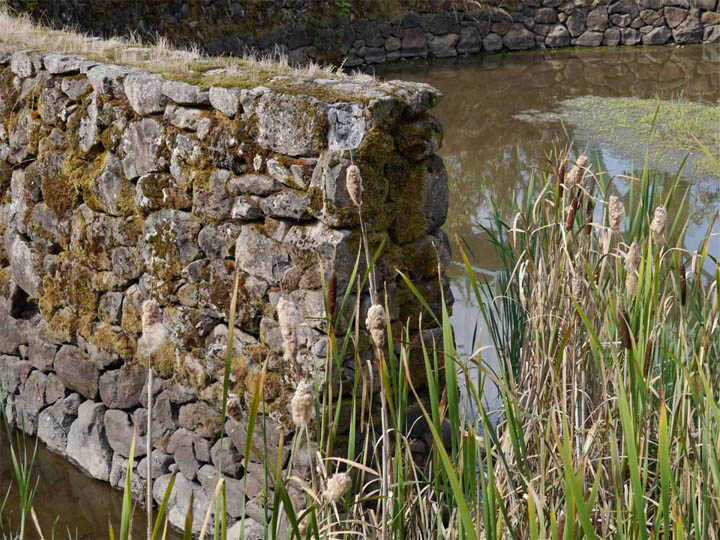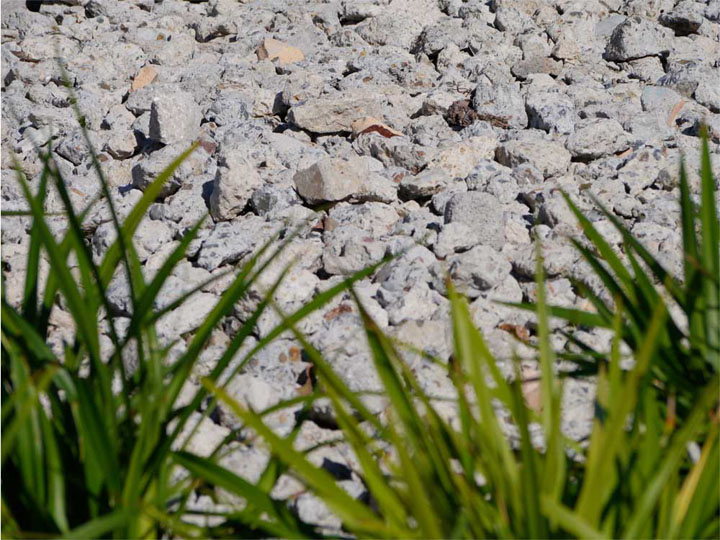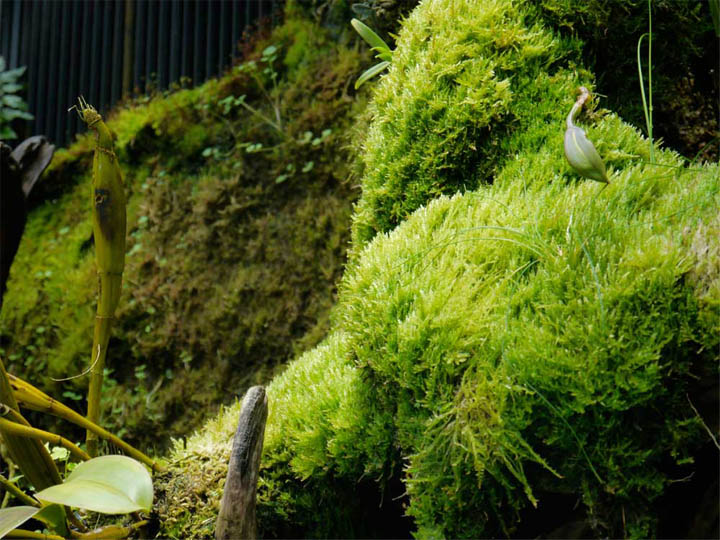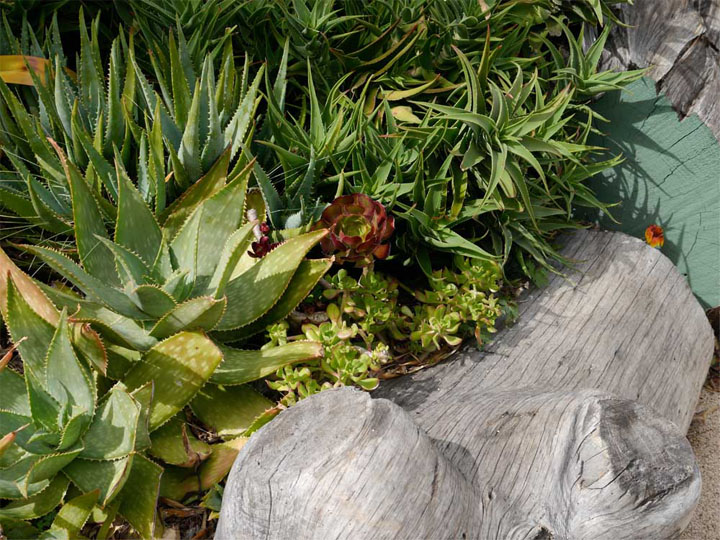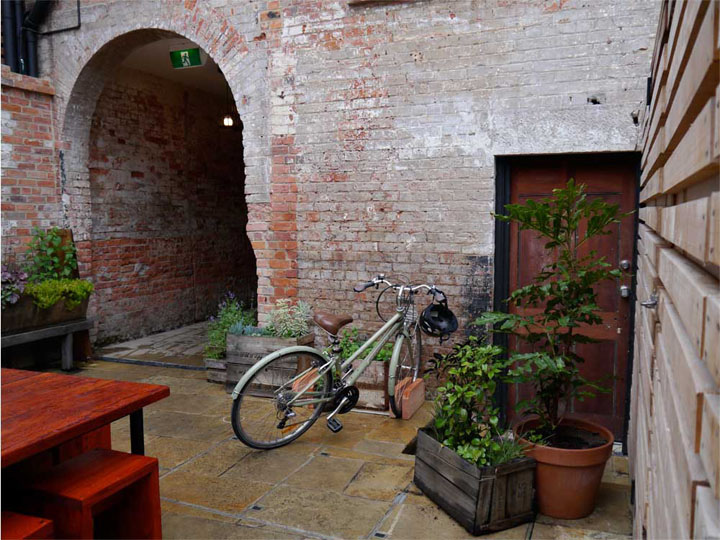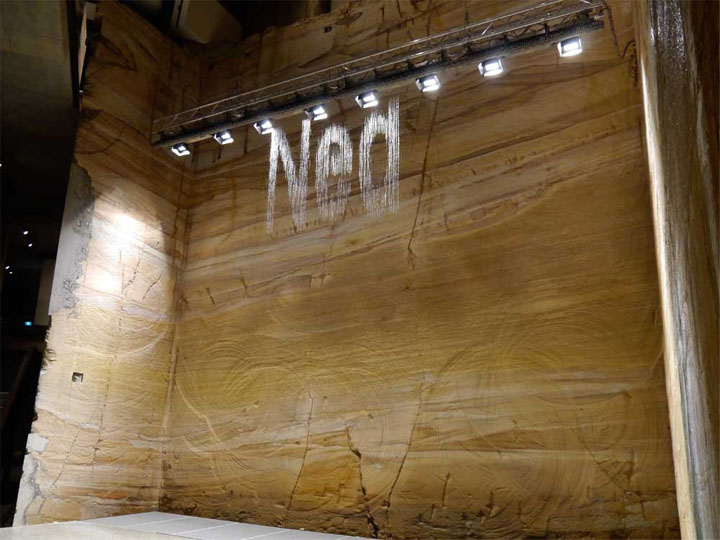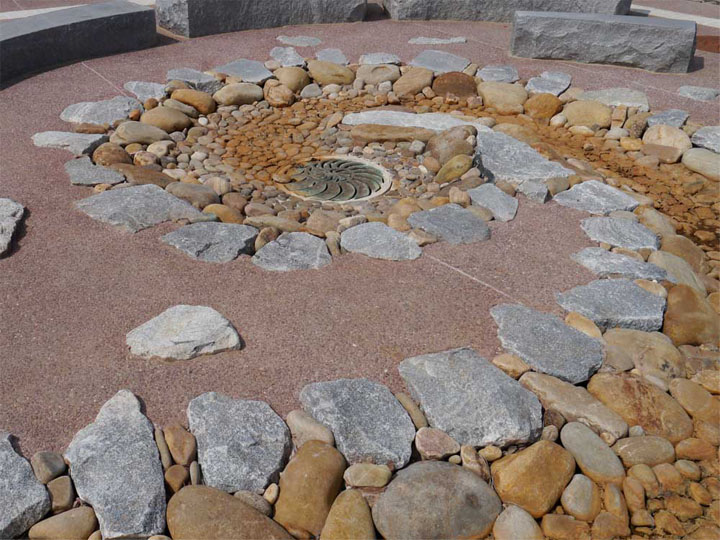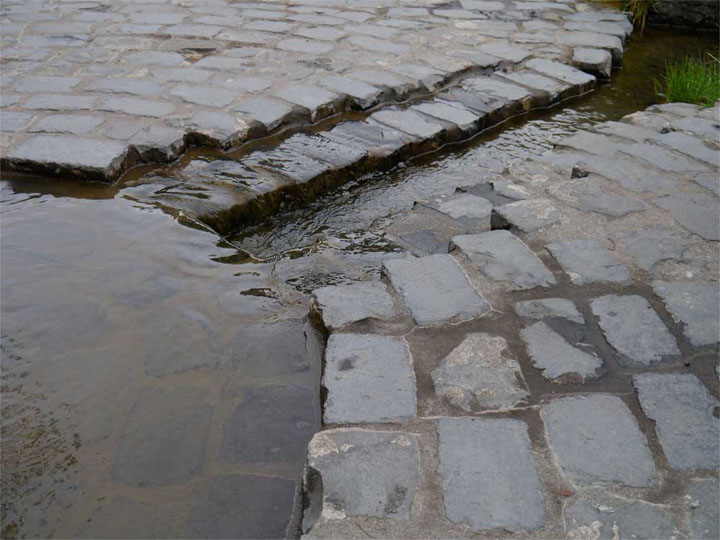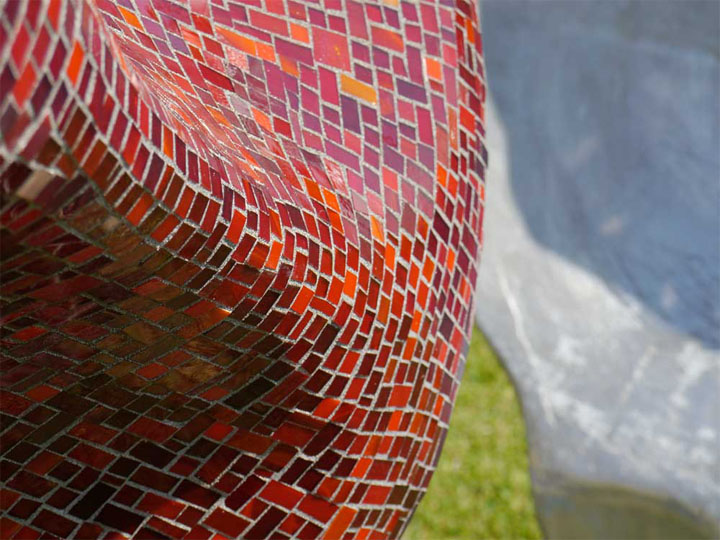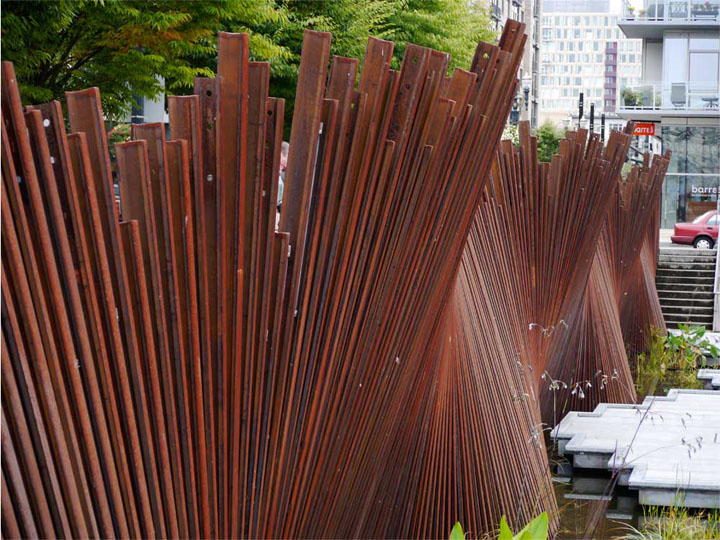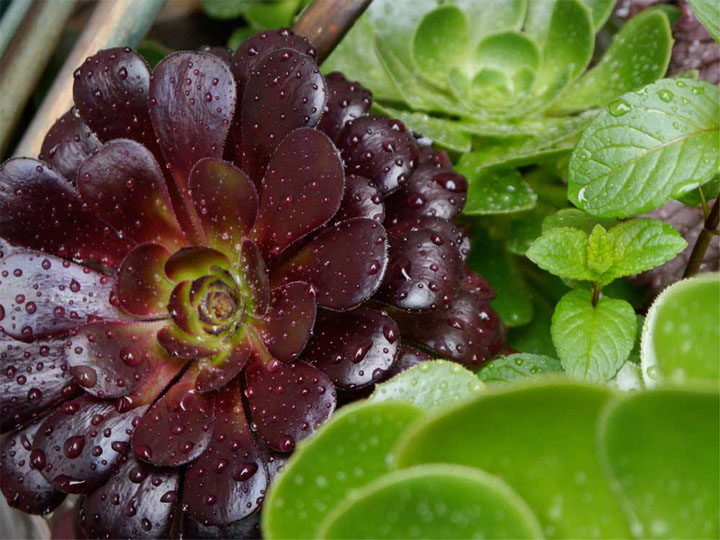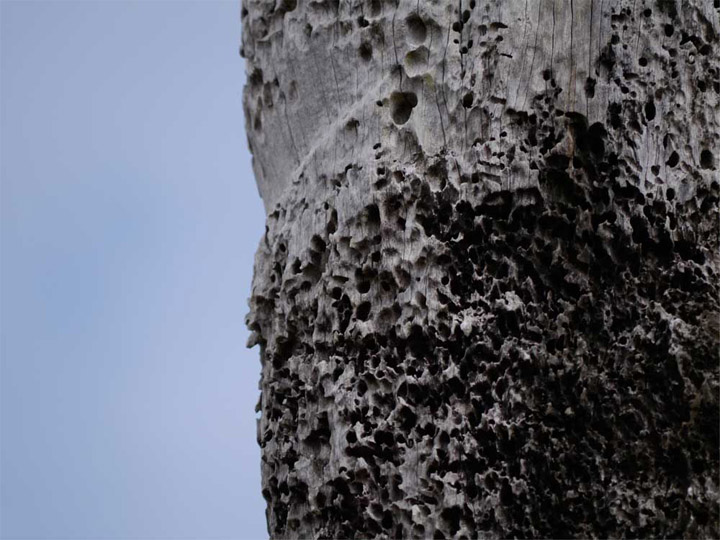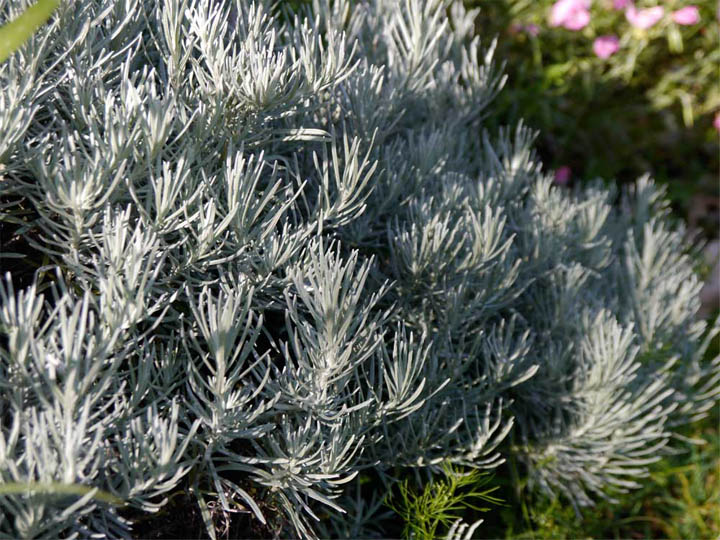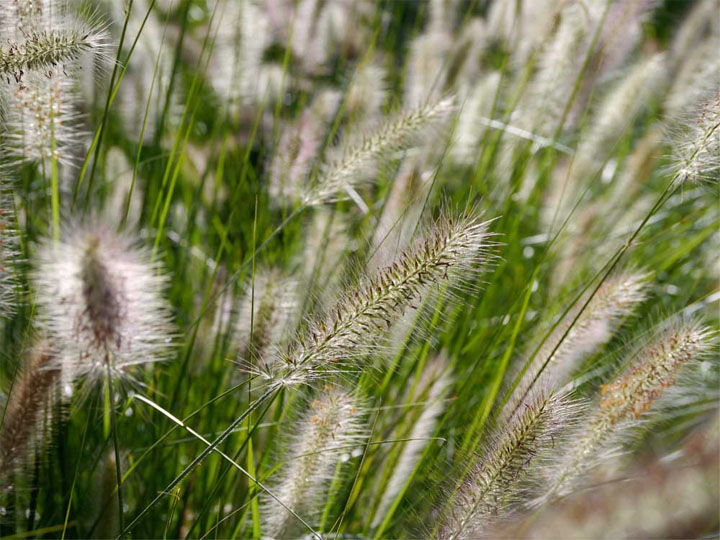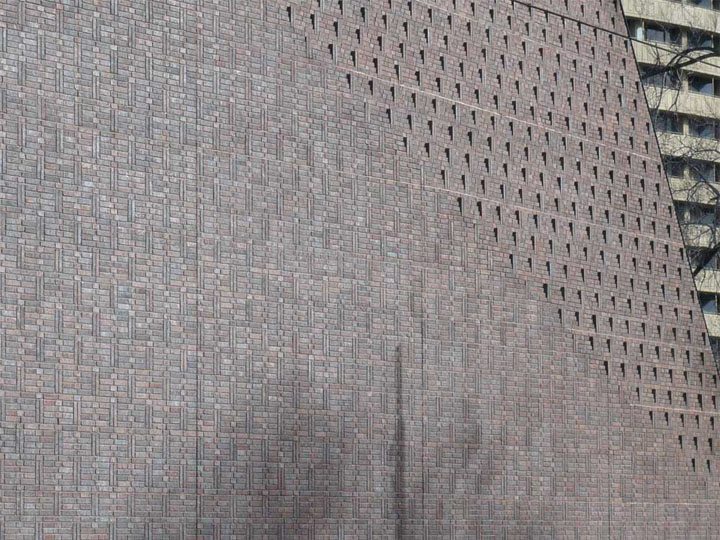I sometimes wonder what it would be like to time travel.
I’m not interested in the future – let that unfold as it will. But now and then I fancy popping in on interesting times in history and just spend a while as a fly on the wall.
Was Cleopatra nice to her servants, I wonder, as they filled her bath with milk?
What on earth did Versailles smell like, for heavens sake, with all those chamber pots and lack of bathing?
Maybe some things are best left unknown.
Seeing as most of us don’t have the ability to travel through time, we have to find other ways to satisfy our curiosity.
Londoners have the opportunity to see a little part of their city as it might have been over 300 years ago, simply by spending a relaxing afternoon within the walled embrace of the Chelsea Physic Garden.
Worn by the foot fall of countless learned gardeners...
Established in 1673 by the Worshipful Society of Apothecaries, the garden is Britain’s second oldest botanical garden. The ‘physic’ of its name refers to the science of healing.
Its still operating seed exchange programme commenced in 1682, and Sir Joseph Banks worked with John Fairbairn, the Head Gardener and Curator, from 1780 to 1814.
Don't mind me.
Some of us might be entranced by the beauty of these garden edges...
...some by what they conceal.
Better just make sure this bloke's doing his job properly.
Plants from around the world were cultivated at the Chelsea Physic Garden, and seeds and specimens were in turn sent back out.
The foody's darling.
Possibly the most beautiful cabbage I've ever seen.
A lichen shot - quelle surprise! At least I'm consistent.
In 1983 the Garden registered as a charity, and after three centuries the general public was finally able to peek behind the walls.
Behind the walls...and into the magical glasshouses.
Did Banks peer through this window? I'd like to think so.
Today the Chelsea Physic Garden is an oasis of calm and civility...
...in one of the world’s biggest cities.
If your jangling nerves are in need of calming...
...I highly recommend a visit.
Now it’s over to you.
Did you enjoy our visit to the 17th century? What place do you go to when you feel like travelling back in time in your city?
I’d love to know your thoughts – join the conversation in the comments section below.
If you know someone who’d enjoy reading this article be sure to share it, and check back soon for more from the wonderful world of landscape, architecture and design.
Find out more at http://www.chelseaphysicgarden.co.uk





































